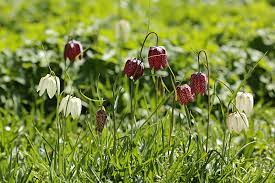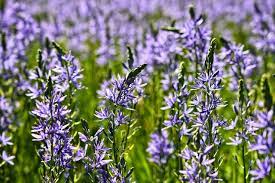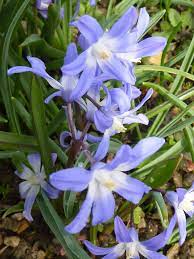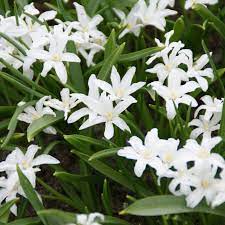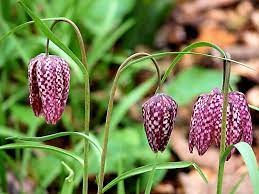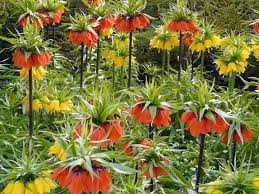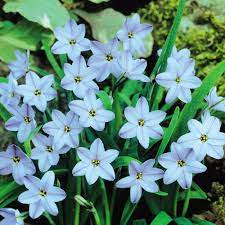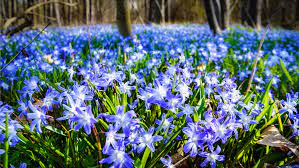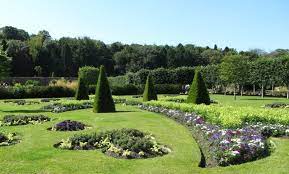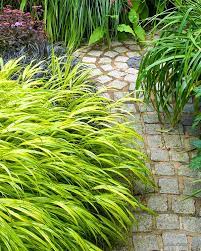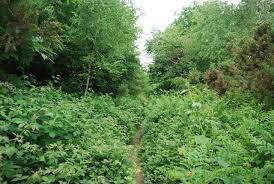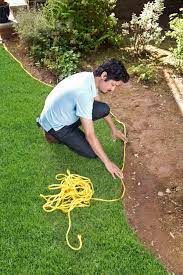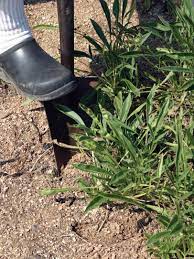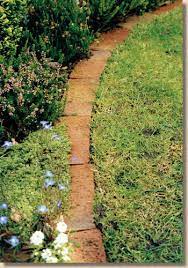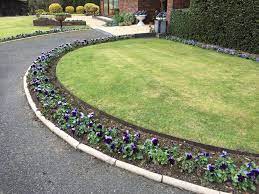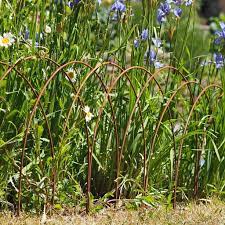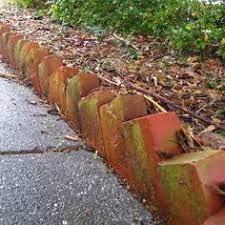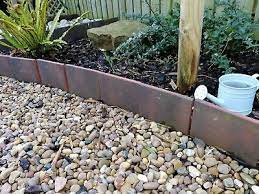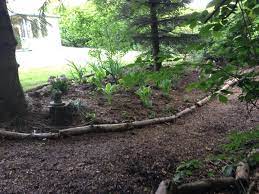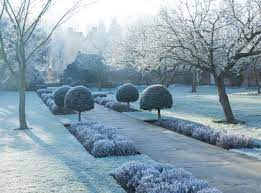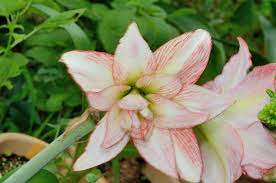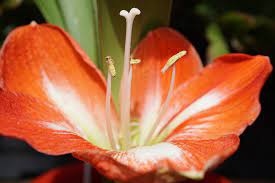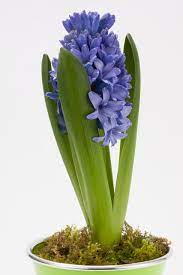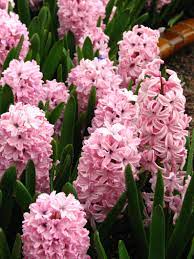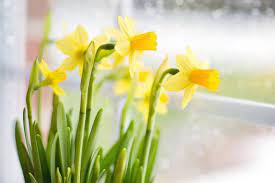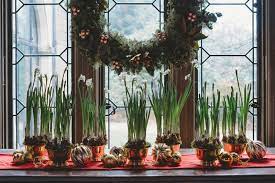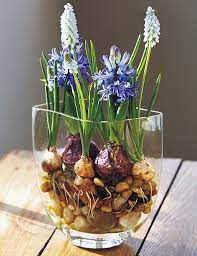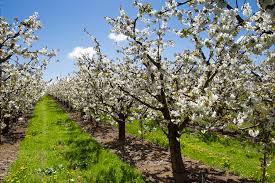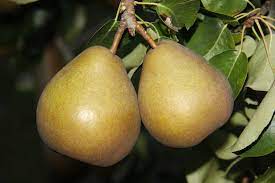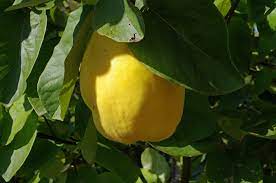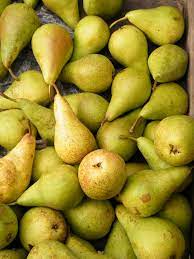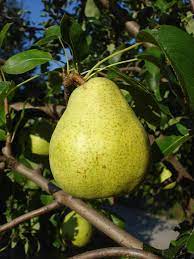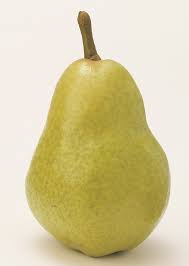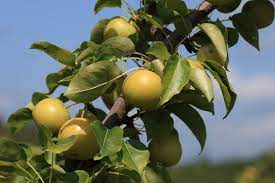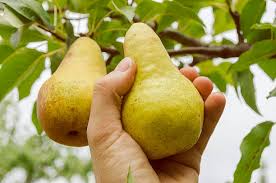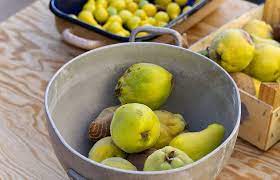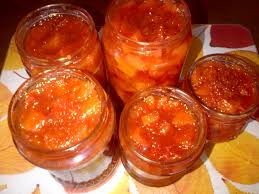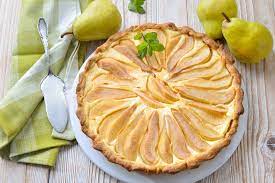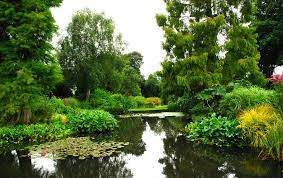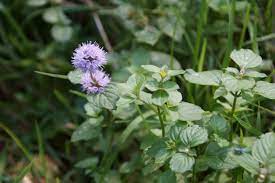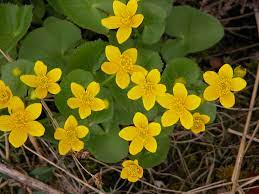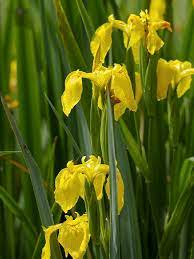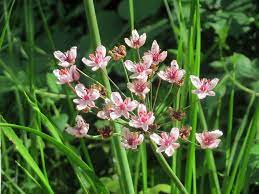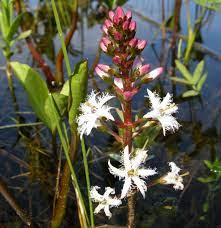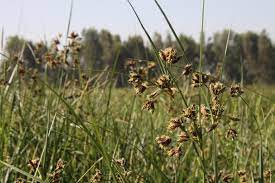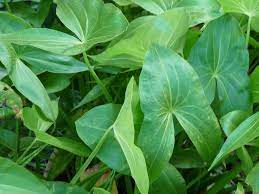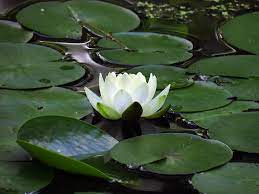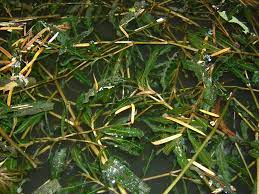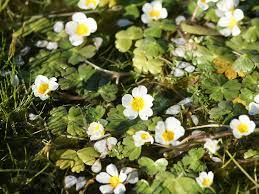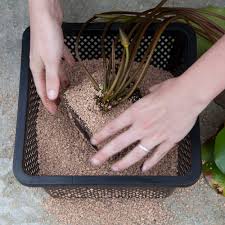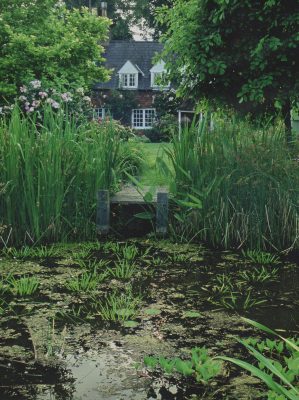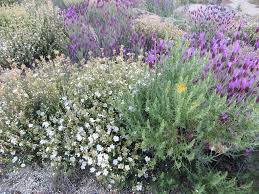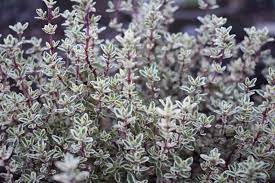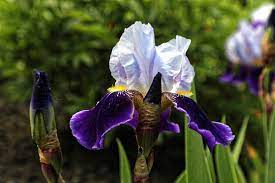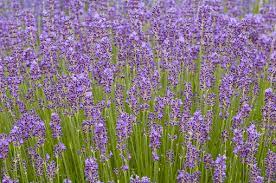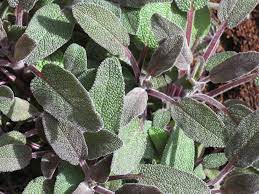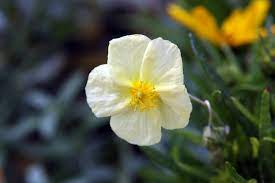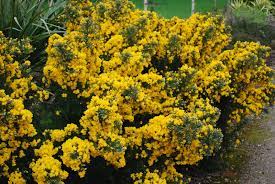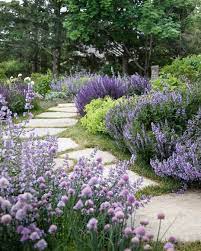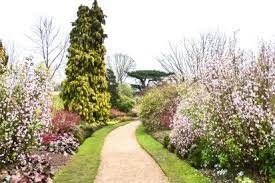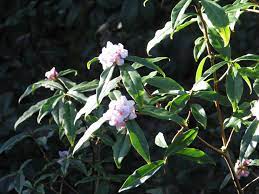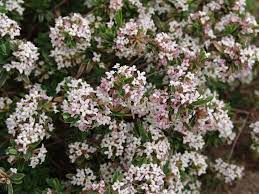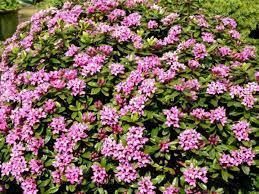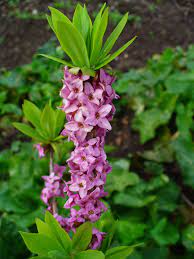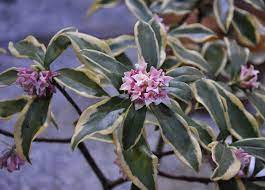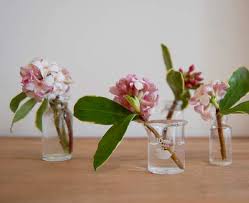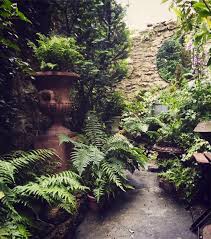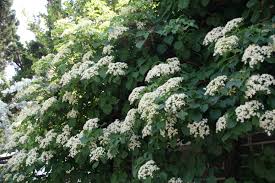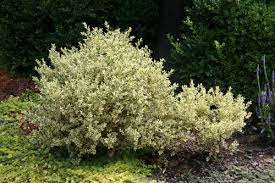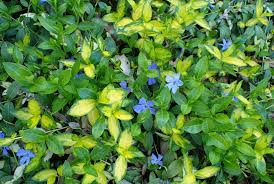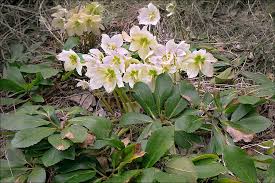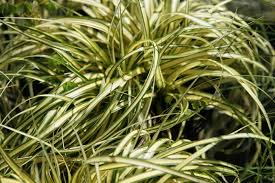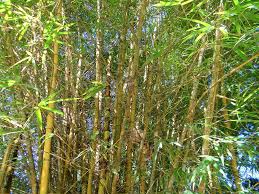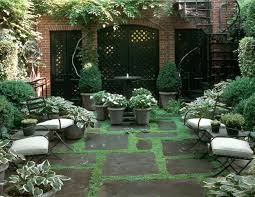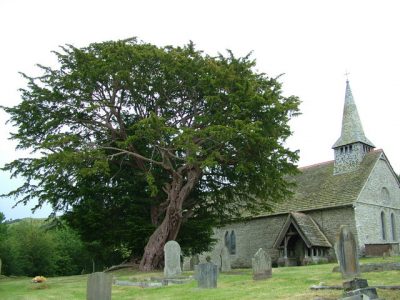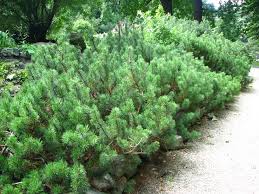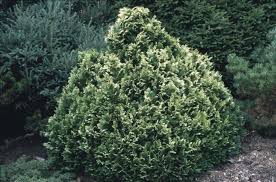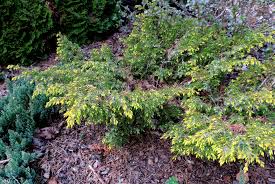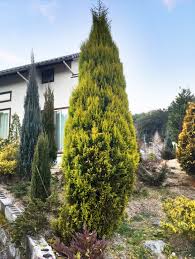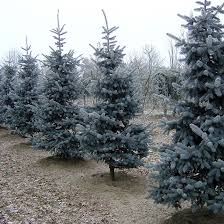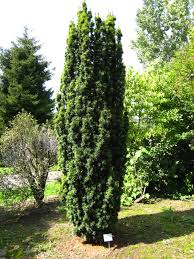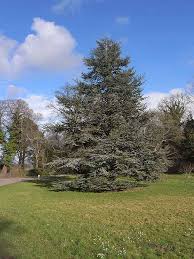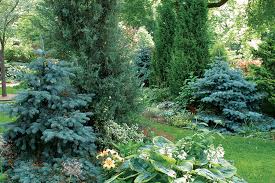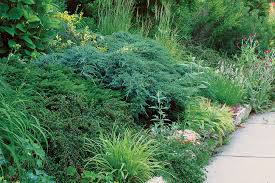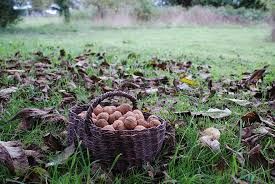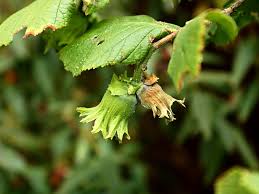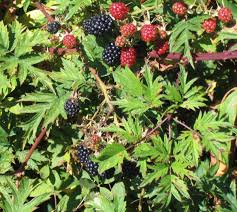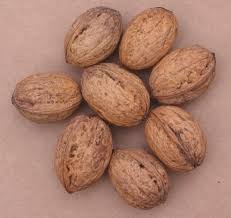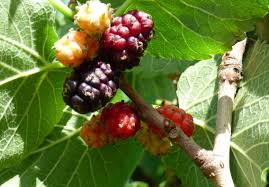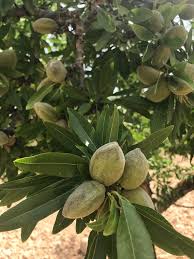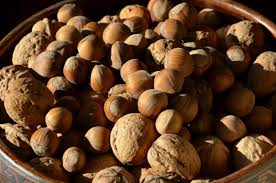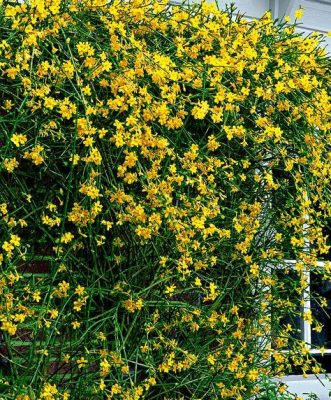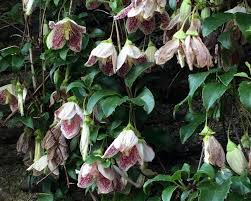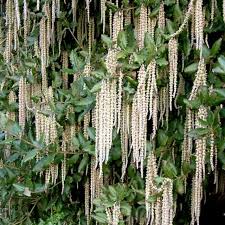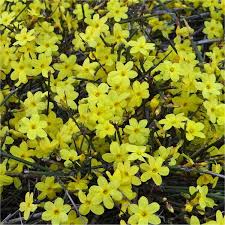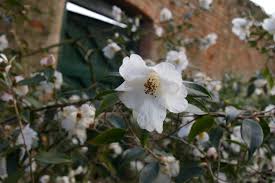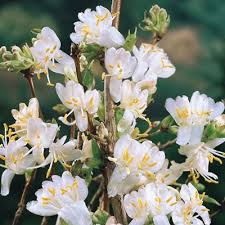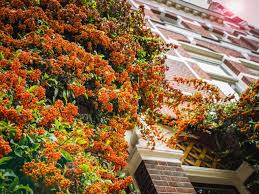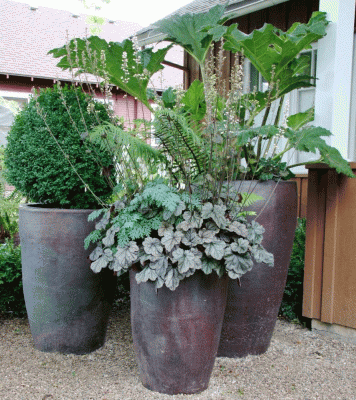
container gardening
Of course the best place for plants is in the ground, but if your garden is a small paved courtyard, or a a bit of pavement by the front door or even a balcony, then pots and containers will form your garden. The container garden can be a vibrant and stunningly beautiful place with good plant choices and containers and growing medium to match the plant requirements, you can create a wonderful garden.
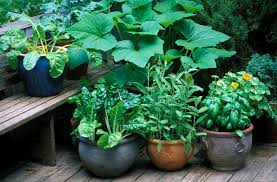
Pots of vegetables
A few golden rules: Think about your pots/containers carefully, bigger is better, they will dry out less quickly and the growing medium will not get exhausted as quickly either. Funky shapes with bulging sides and narrow necks look great, but are a real problem when the time comes to re-pot your beloved specimen into a larger pot. Pottery and terracotta look lovely and are very traditional but are heavy so it you have seasonal displays or you want to move pots about after they have flowered or into a more shelter position for the winter months, they can be very heavy. Also be warned even frost proof terracotta can ‘blow’ in a very cold winter. So consider lighter weight options such as ,GRP, plastic planters, Resin-stone composite, from www.potsofplanters.co.uk Also the plant will need regular turning say once a week so the growth is even all the way round. It is also important to think about the colour of your containers, all in a similar hues, shades of blue for example, or traditional colours or contrasts, and consider the colours of foliage and flowering colour going in them. There is lots to think about,
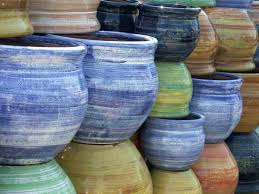
mix and match colour, size and shape of containers
Container gardening has advantages as there is possibly less weeding and less chance plants are going to grow beyond the size you want. But it dose mean diligent planning of watering and feeding, as you are expecting your plant to put in a top performance on limited resources. For extensive container gardens a simple irrigation system running off an out side tap may well be the answer.
The other main point to consider is that for most container gardens, a few plants have to do a lot of work, as normally they are small areas so you want a plant that looks good all year round. For that reason all the plants I am going to suggest here are evergreen with good foliage as well as flower.
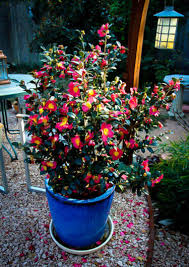
Camellia x vernalis ‘Yuletide’
Camellia x vernalis’Yuletide’: This is a ‘must have’ camellia, it grows well in a container and will brighten any semi shady shelter corner. It is moderately slow growing with dark green shiny leaves and small single red flowers with a mass of golden stamens and it flower intermittently from mid -October the the end of January. Plant in a good ericaceous compost, top dress with bark chip feed with ericaceous plant feed and most important of all keep it moist.
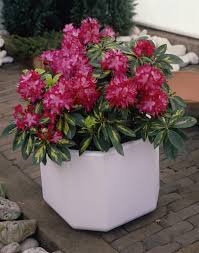
Rhododendron ‘President Roosevelt’
Rhododendron ‘President Roosevelt’: This is a hansom Rhododendron and makes a very good container specimen with large green leaves with a vibrant golden splash in the middle. It produces cluster of deep pink/soft red flowers with a deep white throat, mid March to early May. The same growing conditions as above, in semi-shade. PLEASE NOTE with both camellias and Rhododendrons it is very important to keep them well watered in the summer months as this is when they produce flower buds for the next year.
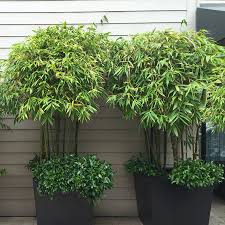
Phyllostachys nigra
Phyllostachys nigra: This is a statuesque bamboo, that can thrive in a container, with tall upright stems up to 2m and above, the green stems when mature turn a shiny black, with rustling mid-green foliage, keep it in a more sheltered position so the leaves do not get scorched in the winter winds. Semi-shade it will struggle in full sun. A good humus rich compost, keep moist.
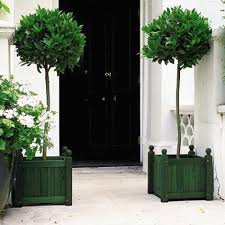
Laurus nobillis
Laurus nobillis: The humble Bay, but what a wonderful container plant it makes especially if clipped into an elegant cone. Glossy dark foliage a great foil for seasonal bedding. A must have addition to many Italian recipes, it deserves its place in the container garden. Good multi-purpose growing medium, will cope with some drying out, full sun or dappled shade.
Lavendula angustifolia ‘Hidcote’: A small neat lavender with silvery foliage, and short flower stems of dark purple lavender flowers from June to mid August. Wonderful for the bees and insect life, brilliant for adding scent to your container garden. A great ingredient in home baking and as lavender bags to keep the months out of your woollen jumpers. A must for a sunny spot. A good multi-purpose compost, add 2 parts grit, and keep on the drier side, grows well in full sun.
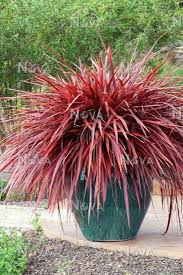
Phormium cookianum ‘Flamingo’
Phormium cookianum ‘Flamingo’: Adds a bit of drama to your container garden. Grows well in a container, with soft arching leaves up to 70cm tall, with central mid-green and cream stripes, giving way to pink and red edges. This shrub looks good year long. Grow in good multi-purpose compost, add good crocks to aid drainage, but keep moist, best in full sun, but will cope with some shade.
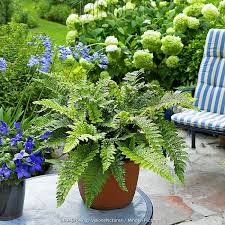
olystichum polyblepharum
Polystichum polyblepharum: a hansom fern for a shady to semi-shady spot. Arching fronds up to 50cm tall, mid green, with yellow edging hairs and in spring dramatic shuttle cocks of new growth. A humus rich compost, slightly acidic and keep damp.
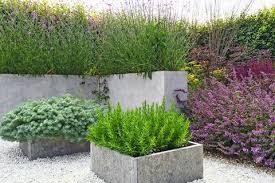
dramatic planted containers
I think it is important for a good container garden to have a good back bone of dramatic evergreen shrubs of different heights and textures and to add seasonal colour with small pots of bedding and bulbs to ring the changes. I hope I have inspired you to get creative, no matter how small your outside space is, there is always room for a garden.
